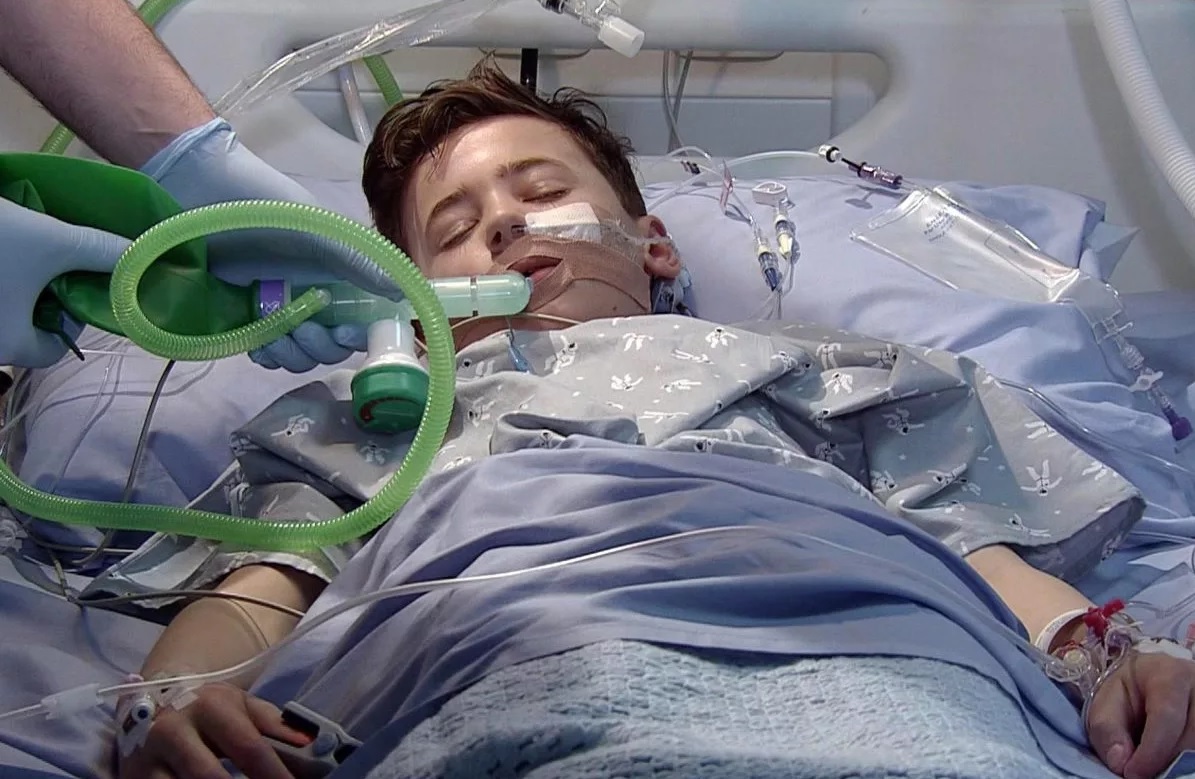What's in this article?
What is Sepsis?
Sepsis is a life-threatening complication of infection. It often occurs in people who are elderly or have weak immune systems.
Sepsis happens when the body suffers from an infection and the chemicals released into the blood to fight the infection cause inflammation over the entire body. Severe cases of sepsis can lead to septic shock. Septic shock occurs when the inflammation causes tiny blood clots to form, blocking oxygen from vital organs and leading to organ failure and a life-threatening drop in blood pressure.
Sepsis and septic shock affect millions of people around the world and kill more than one in four people who contract it (Dellinger, 2007).
Causes of Sepsis
Bacterial infections are the most common cause of sepsis. However, sepsis can also be caused by other infections. The infection can begin anywhere bacteria or other infectious agents can enter the body. It can result from something as seemingly harmless as a scraped knee or nicked cuticle or from a more serious medical problem such as appendicitis, pneumonia, meningitis, or a urinary tract infection.
Sepsis may accompany infection of the bone, called osteomyelitis. In hospitalized patients, common sites of initial infection include IV lines, surgical incisions, urinary catheters, and bed sores.
Although anyone can get sepsis, certain groups of people are at greater risk. They include:
- People whose immune systems are not functioning well due to illnesses such as HIV/AIDS or cancer or use of drugs that suppress the immune system, such as those to prevent rejection of transplanted organs
- Very young babies
- The elderly, particularly if they have other health problems
- People who have recently been hospitalized and/or had invasive medical procedures
- People with diabetes
Symptoms of Sepsis
Many doctors view sepsis as a three-stage syndrome, starting with sepsis and progressing through severe sepsis to septic shock. The goal is to treat sepsis during its mild stage, before it becomes more dangerous.
Sepsis
To be diagnosed with sepsis, you must exhibit at least two of the following symptoms:
- Body temperature above 101 F (38.3 C) or below 96.8 F (36 C)
- Heart rate higher than 90 beats a minute
- Respiratory rate higher than 20 breaths a minute
- Probable or confirmed infection
Severe Sepsis
Your diagnosis will be upgraded to severe sepsis if you also exhibit at least one of the following signs and symptoms, which indicate an organ may be failing:
- Significantly decreased urine output
- Abrupt change in mental status
- Decrease in platelet count
- Difficulty breathing
- Abnormal heart pumping function
- Abdominal pain
Treatment of Sepsis
A person with sepsis will be admitted to a hospital, usually in the intensive care unit (ICU). Antibiotics are usually given through a vein (intravenously).
Oxygen is given to the person. Large amounts of fluids are given through a vein. Other medical treatments include:
- Medicines that increase blood pressure
- Dialysis if there is kidney failure
- A breathing machine (mechanical ventilation) if there is lung failure





